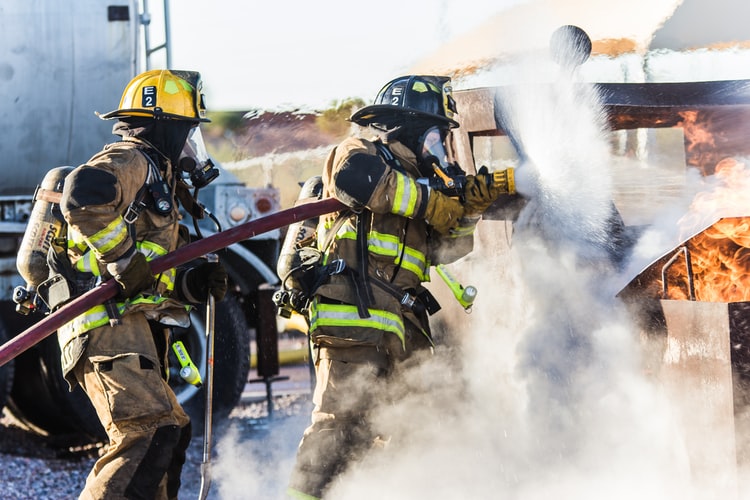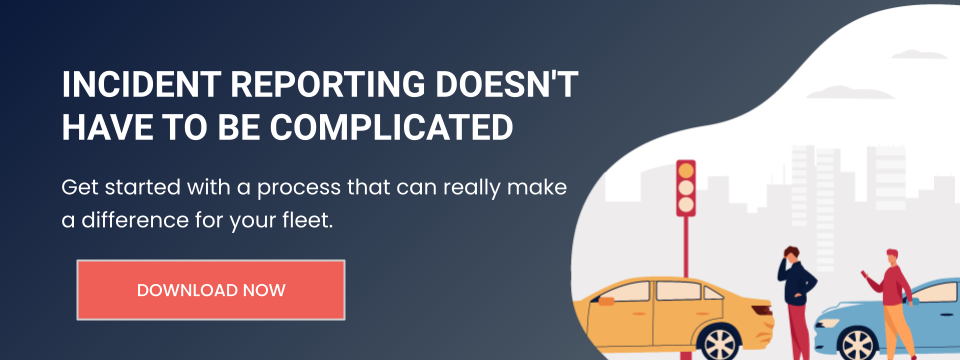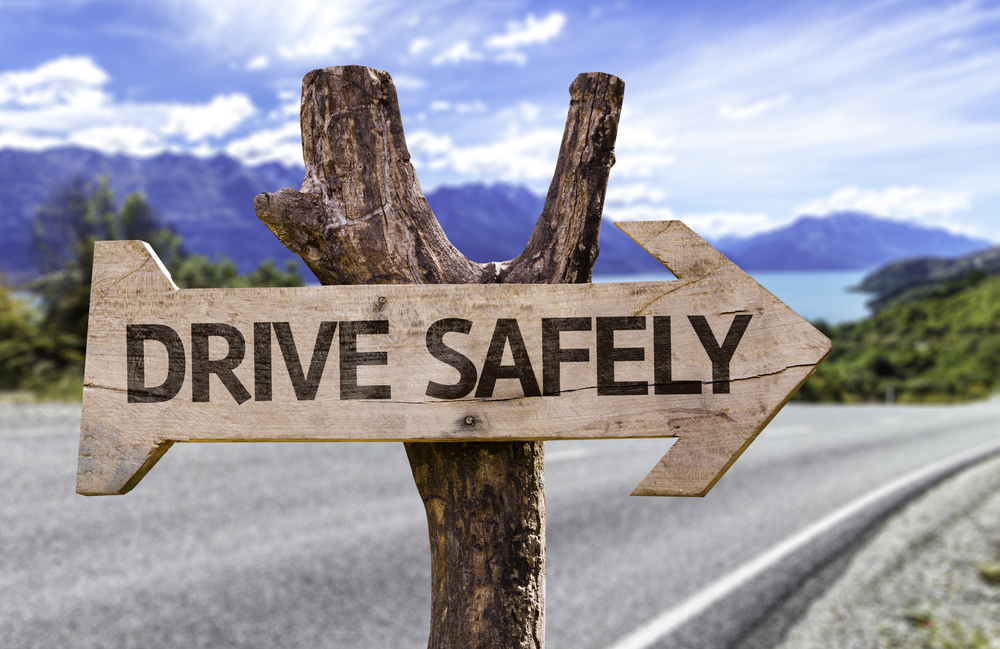
In terms of work-related fatalities, 2013 was a bad year for the transport sector in Ireland. Four people lost their lives in the transportation and storage sector, compared to just one in 2012.
Figures released by the Health and Safety Authority show that this increase comes against a backdrop of an overall decrease in workplace accidents for the year 2013, down to 46, compared to 48 in 2012. With 16 fatalities in 2013, the agricultural sector bears the brunt of workplace fatalities, while construction came in second with 11 deaths.
Although all the deaths are tragic and affect family, friends, colleagues, and the community of the victims, improvements to the culture of safety in the workplace have seen the overall trend decrease in the past ten years.
Some jobs are more hazardous than others, naturally. However, as the head of the HSA, Martin O'Halloran, says, in a large number of cases, incidents of workplace deaths could be prevented. The likelihood of an accident occurring can be greatly reduced by ensuring that safety is at the core of all work activity. Anything less is an invitation to disaster, "says O'Halloran.
Employers have a legal duty of care
Employers have a legal duty to reduce risk and eliminate avoidable harm at work, yet vehicle manoeuvres such as reversing and turning continue to be a significant work-place danger.
As part of their wider remit to promote a culture of safety, the HSA has produced 4 new publications available to download for free from their website. For example, in a workplace that sees a lot of pedestrian traffic, moving vehicles can cause injury or worse if the pedestrians and visitors are not supervised.
Slips, trips, falls, and crushing are the major areas of risk. To prevent unnecessary accidents, it's important for employers to put controls in place to keep at-risk visitors from harm, especially because they may not be familiar with the location.
Clearances, route markings, and procedures must be in place to allow vehicles and pedestrians to circulate safely. As part of your workplace traffic management system, always make sure warning beacons are functioning at all times.
Delivering safety
Many delivery-related accidents could be prevented with better cooperation between the parties involved. Suppliers, carriers, and recipients of goods should be aware of who will do what, where, and when.
Safe delivery plans, signage, and unloading procedures will mitigate risks to the business and employees during delivery times.
Giving safety a lift
Employers must make sure that any vehicle used for work is safe. The use of forklifts is no exception. A daily precheck of lights, tyres, and alarms by the driver must be matched by the employer with a clear procedure to report and repair defects.
Forklifts must be checked every 12 months by a competent professional. Visibility around forklifts is a serious concern because the loads are generally so heavy and bulky that high visibility work wear is essential.
Save one life
Full details of how to create vehicle safety plans are available on the HSA website. The information packs are concise and to the point. If reading them can save one fatality from a vehicle in the workplace, then they are essential reads.





